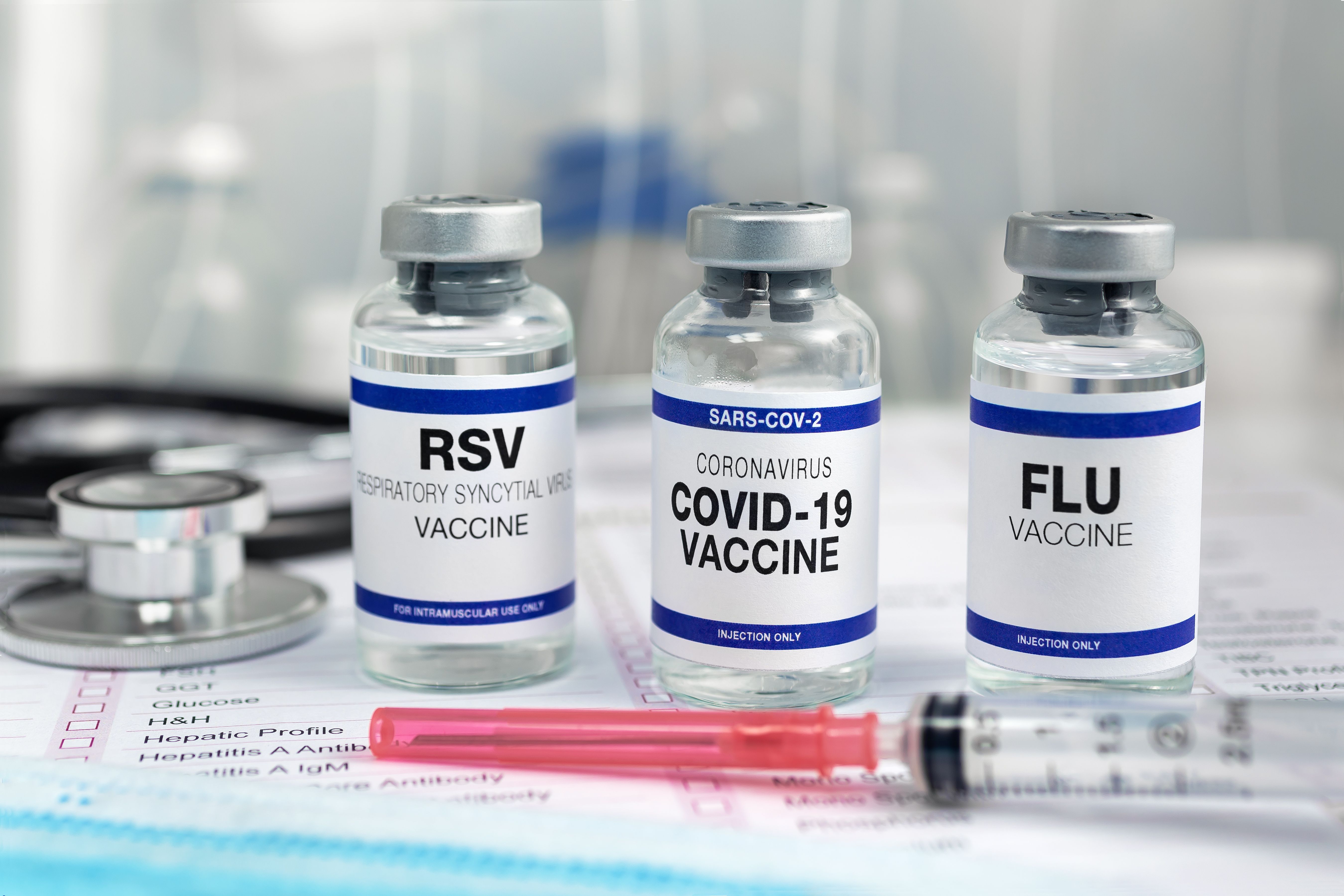
Article
Study: Starting Antiretroviral Therapy Early is Essential to Battling Tuberculosis in Patients With HIV
Author(s):
The results of a new study indicate that early initiation of treatment with combined antiretroviral therapy (cART) leads to better outcomes in patients coinfected with HIV and tuberculosis (TB).
Researchers from the Texas Biomedical Research Institute, Southwest National Primate Research Center noted that learning more about the complex interaction between HIV and TB can help advance the development of therapies and potentially lead to the development of a combined vaccine for the 2 diseases in humans.
“Most humans are able to control a low dose of TB infection by maintaining it in a dormant form called latent tuberculosis infection,” said first paper author Riti Sharan, PhD, a staff scientist at Texas Biomed, in the press release. “But if they get co-infected with HIV, then there is a high possibility that TB is reactivated and the patient ultimately dies of TB. Our objective is to improve existing interventions or identify new ones to prevent latent TB from being reactivated.”
The research team analyzed non-human primates with simian immunodeficiency virus (SIV), the monkey version of HIV, as well as TB. They found that when animals with a latent TB infection begin treatment with cART against SIV 2 weeks after infection, the outcomes were better than if cART is initiated at 4 weeks post SIV infection.
“Originally, we did not think that 2 weeks would make this much of a difference, but to our surprise, it did,” Sharan said in the press release. “The findings were very dramatic and clear.”
In the group that started cART at 2 weeks post infection, chronic immune activation and SIV replication were significantly reduced and latent TB was not reactivated as much as in the group that started cART 4 weeks post infection. In fact, the lungs in the group that started treatment at 4 weeks looked more like they were not receiving any treatment at all.
Although chronic activation of an immune response could sound positive in fighting illness, it can play a major role in exacerbating illness. Sharan explained how the immune cells being chronically activated will lead to exhaustion and cell death, opening up a major gap in the body’s defense system.
“This paper adds to the growing body of evidence from our lab that shows chronic immune activation is key to driving reactivation of latent TB,” said senior paper author Deepak Kaushal, PhD, a professor at Texas Biomed, in the press release. “But it is the first to really look at the timing difference for administering ART in animal models, which is will be critical for future studies and helping develop treatments and vaccines.”
The study authors noted that the difference of 2 weeks may not directly apply to humans because people are unlikely to be diagnosed and begin treatment for HIV within 2 weeks of infection.
“Ultimately, we aim to use this information to design a therapy that would enable patients to prevent latent TB reactivation by limiting the HIV-driven chronic immune activation,” Sharan said in the press release.
REFERENCE
Starting antiretroviral therapy early essential to battling not one, but two killers. Texas Biomedical Research Institute. February 15, 2022. Accessed February 16, 2022. https://www.txbiomed.org/news-press/news/cart-siv-hiv-tb-timing/
2 Commerce Drive
Cranbury, NJ 08512
All rights reserved.




